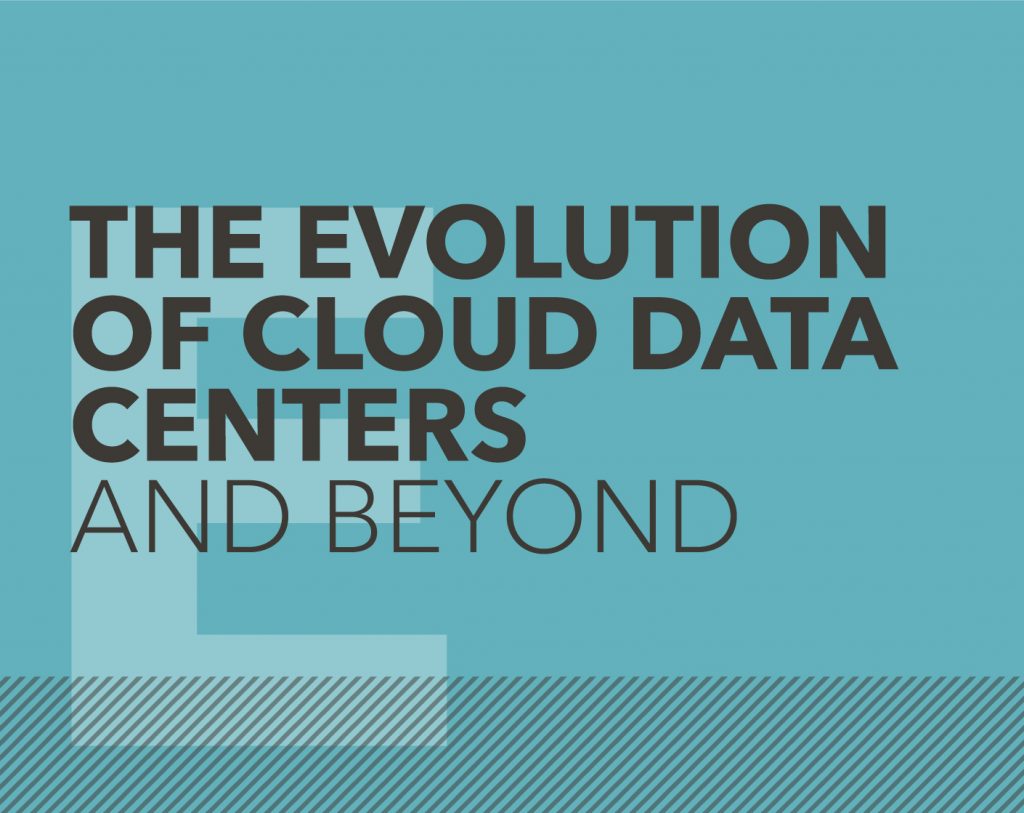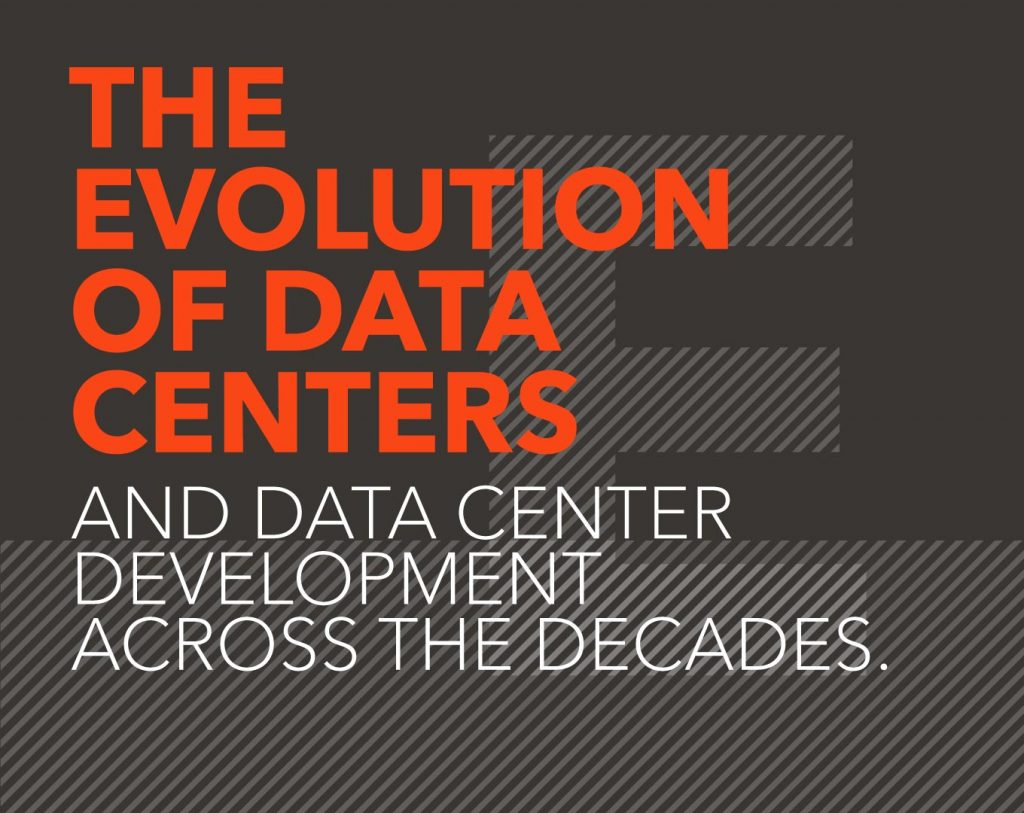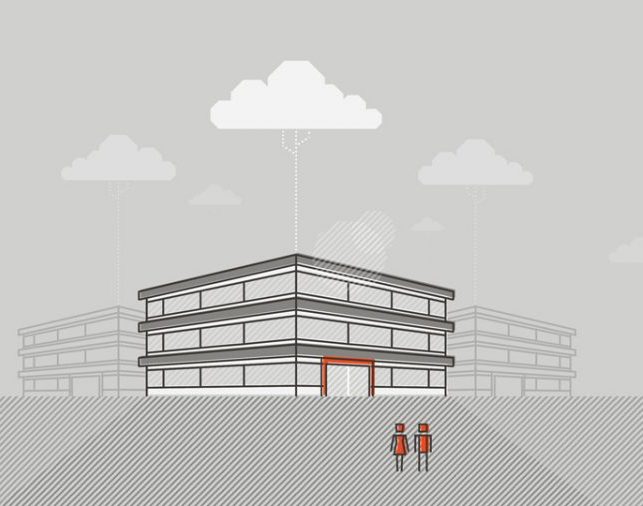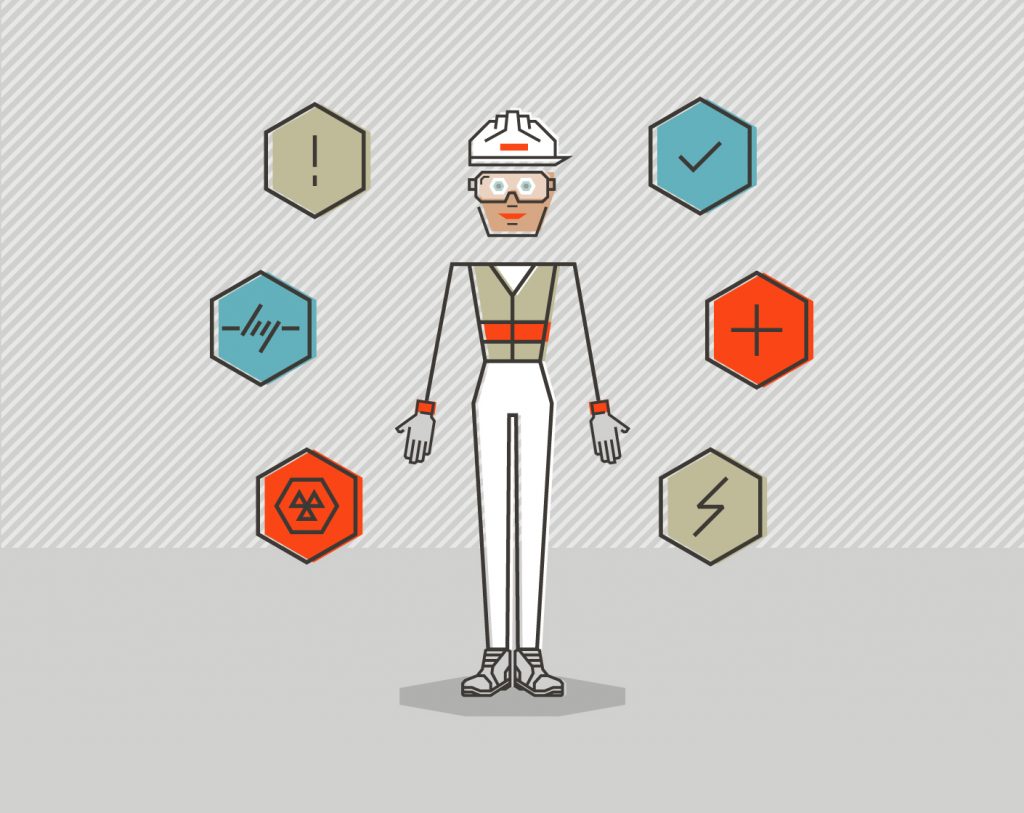The future of data center delivery – 2021 and beyond
By: Dave Hyatt
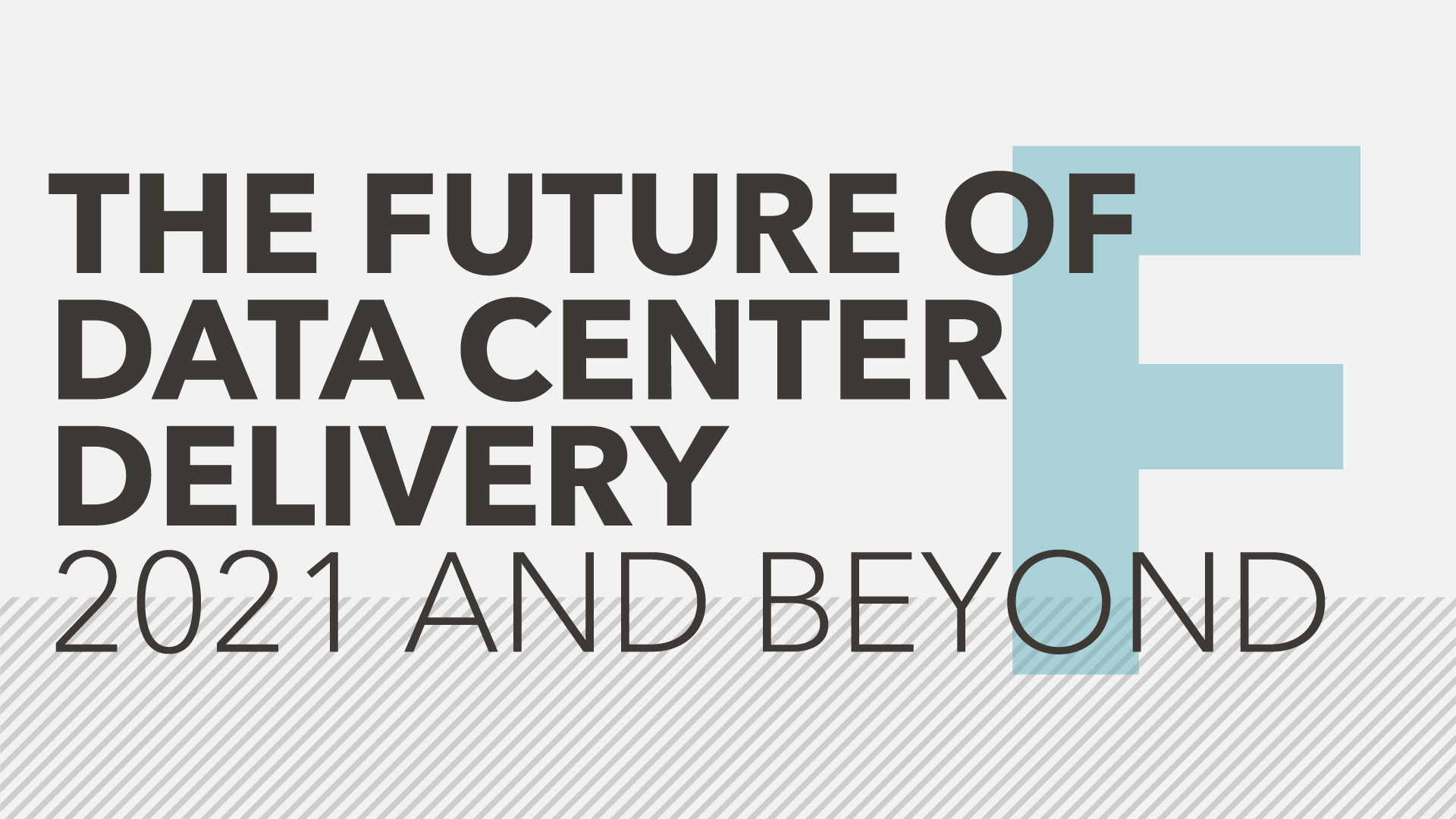
The delivery of data center infrastructure was evolving well before the pandemic. Project timelines have long been squeezed – to as little as six months in some cases. Placing the industry under increasing pressure to work faster and more productively to deliver for its customers.
Even in the face of lockdowns and social distancing, data centers have had to find ways to continue construction. Because, counter to concerns, COVID-19 didn’t dampen but exacerbated demand, highlighting the need for the industry to continue to expand at pace.
With the industry facing an increased need for speed, agility and responsiveness, I was recently asked to speak on a panel for a webinar featuring some of the sector’s leading data center businesses. We discussed what more the data center sector could be doing to meet existing and future customers’ needs. This article sets out my reflections on that discussion.
Data center demand is off the charts – and it’s only going to increase
Demand has always been high for digital infrastructure. But as the world worked from home the need to close the digital divide between geographies became even more apparent. Far from impeding the clamour for more data center projects, the COVID-19 pandemic barely caused a stutter in the sprint towards increasing global demand.
Although North American demand remains steady the industry is seeing increasing calls for more data centers in new territories to fulfil the global demand for cloud services and an online world.
Alongside record demand and mounting global need, the sector has also had to contend with a push for faster project delivery and increasing scale, sometimes with less funds. This was already pushing data centers to do more with less. And then along came COVID-19.
Pandemic shmandemic – data center robustness sets the scene for more efficiencies
In an industry that relies on collaboration and in-person construction, the need to work remotely during lockdowns and to socially distance was a concern for many data center leaders.
Yet the pandemic proved that the sector was more robust than anticipated.
At Yondr, we had a significant amount of project work as the pandemic hit and we were genuinely concerned about how our delivery would pan out. But we’ve actually found that remote working has made us more efficient.
From design to commissioning assessment and quality control, it was possible to complete more work virtually than we’d expected. And it made remote customer facility tours possible too, helping us to push projects forwards.
Pre-pandemic, we had been looking into carrying out some of our commissioning activities remotely using video cameras. COVID-19 simply forced us into using the technology more quickly.
Virtual meetings have also allowed more of our senior leaders to be involved with calls they normally wouldn’t have time to access. This has been really beneficial for the whole business. With more minds and more senior people on the job, problems have been solved faster and decisions taken more quickly which keeps projects moving at pace. This is definitely something we’ll continue in the future.
As the data center sector expands across the globe, remote working could become an essential tool for sharing expertise between geographies. Local teams will be able to draw on a global network of expertise resulting in rapid problem solving and exceptional customer outcomes.
The convergence of global expansion and remote working is a major opportunity for the sector to explore.
Prefab construction offers a way to accelerate projects
Global human resource constraints have been a long-running challenge for the sector. This has led to a realisation that increasing offsite manufacture reduces the pressure on people.
At Yondr, we’re finding ways to make prefabrication possible by standardising designs without compromising our ability to be flexible for the client. This is quite a challenge. But solving this puzzle for some components has already made it easier for us to provide dependable modularisation for our clients. By building plug and play blocks, it’s possible to create and test technology in the factory before it hits site. This provides a range of client and business benefits including:
/ Shaving weeks off project plans
/ Reduced costs
/ Increased speed
/ Improved safety
This approach also helps businesses to source a more diverse workforce. As plug and play components are easier to install, we can recruit from a broader, local talent pool that understands the geography and nuances of a location.
Finding opportunities to repeat these kinds of successes in other business areas is key to accelerating project delivery without compromising quality.
One area that’s particularly ripe for this kind of componentisation is core power and cooling. And this is an area we’re focused on prefabricating at Yondr.
However, building away from site relies on finding ways to prove the plan to the client as quickly as possible. Data center designers are already using VR and AR to look into different design scenarios and understand the ripple effects of certain decisions. This technology provides designers and clients with a more flexible approach towards decision making, without sacrificing quality or efficiency.
Teamwork will become even more critical to rapid delivery
Innovation is often thought of in relation to technical problem solving. But it can be procedural and behavioural too. Effective project delivery relies on good project management which in turn depends on active listening and realistically managing expectations. There’s a lot of knowledge in the field that’s often overlooked. Listening to the guy who’s actually doing the work is as critical to innovation as new technology. And that’s part of what good project management is all about.
The other side involves the way we work. Our sector has been focused on technical innovation for too long. It’s time to grasp how we deliver as well as what we deliver and to recognise that driving the right behaviours is critical to outcomes. Not only for our employees but for contractors too.
At Yondr we’ve known this for a long time. Our business is built on our values which direct the way we work. We work closely with all our team members, integrating individuals and teams so everyone is brought into the same process. Whether they’re employees or contractors, every person is a big part of our success.
As a sector, changing our approach to teamwork will create harmonious, high-performing teams. Which will enable our industry to make even bigger gains.
Talent shortages are significant but solvable
A major concern keeping industry leaders awake at night is the shortage of skills and younger people coming into the data center sector.
Regardless of the amount of automation and robotics that are introduced, data centers will always need skilled trades. Yet as the skilled tradespeople are ageing, there’s a distinct lack of high flyers in the pipeline and everyone’s recruiting from the same talent pool.
However, there are some glaring opportunities. Despite making up half the population, women only make up 10% of the US construction industry workforce and it’s only slightly better at 15% in the UK. And only about 6% of skilled UK trades.
As data center businesses grow locally, we’ll naturally become more culturally and ethnically diverse. But the lack of diversity in predominantly white countries, like the US and UK, means the sector is pale and male.
Seeking individuals with transferable skills from other industries is one way to solve this problem. As is being intentional when recruiting and making our businesses welcoming places that mean a more diverse workforce stays.
Reconciling expansion with sustainability
Sustainability has long been on the agenda for the data center sector and its customers. Many of our clients have committed to being carbon neutral in the next ten years making sustainable DCs major players in enabling customer success.
Sustainability isn’t solely about energy consumption, although that is a huge part of the challenge. It’s more holistic than simply looking at carbon footprint – it covers everything from the materials you use to the waste you produce. And what matters varies from country to country.
One example is the major concern around water consumption in countries like the US and Australia. Many of our cooling processes use water so finding ways to successfully use different cooling technologies is a must.
Our job is to understand the different sustainability challenges faced by our customers in different regions and find ways to respond. Looking to other sectors for innovation, like the oil and gas or aviation industries, is often a good way forward.
As demand for our services increases, the other major constraint for our sector to deal with is the need to find more viable land to build on. Identifying and selecting greenfield sites, ensuring they have access to power and the network is a major challenge.
Success relies on developing strong relationships with utility providers throughout the world, engaging with them early – before you’ve purchased the land – and understanding how you’ll get power to the site and the degree of conductivity.
Yondr has experienced infrastructure restriction for some time now across most regions we want to work in. Investment at a national level is paramount for the future of our business as it enables us to feed the building demand. It’s up to the DC industry to present itself to national government in a way that underlines the importance of data center infrastructure. And to cultivate a public image that attracts fresh talent too.
The data center industry faces major opportunities which are matched by a number of associated difficulties. There’s no doubt that the sector has the potential to meet rocketing demand while solving these challenges. As long as we seize the chances identified in this article to improve our ways of working, our sector is set for continued success.
Want to hear the full webinar recording? Click here.
